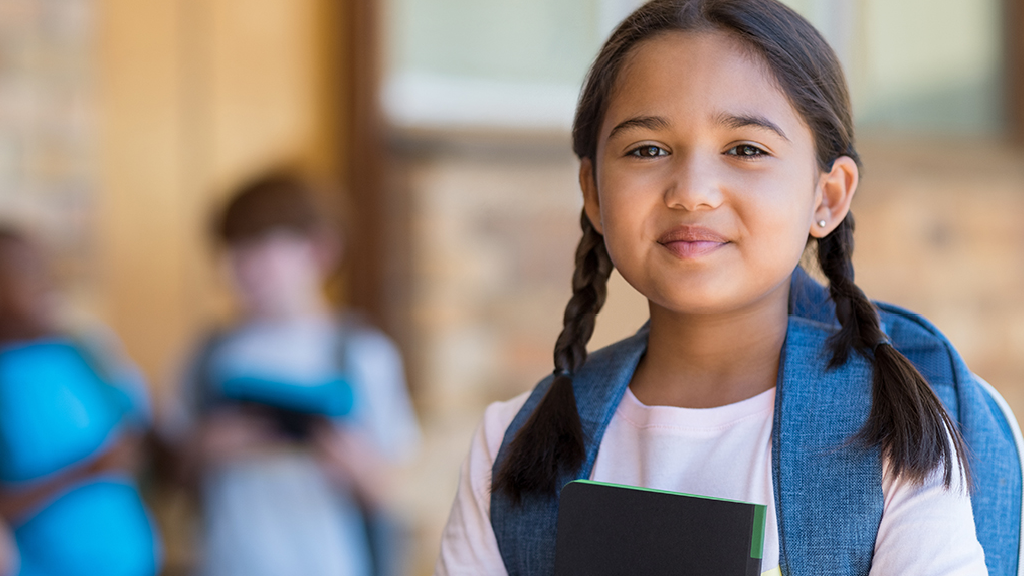
RIDO/ADOBESTOCK.COM
"Indigenous Peoples of the Americas have always been accomplished scientists and innovators in ways that value balance and unity with the environment,” according to the Smithsonian National Museum of the American Indian (NMAI). The Olmec Peoples of Mesoamerica created rubber. Indigenous Andeans developed complex and extensive road networks and suspension bridges that successfully distributed foods and resources across territories spanning six countries in modern South America.
The gloomy results of the 2022 National Assessment of Educational Progress (NAEP) sparked concerns among policymakers, educators, and parents. Nationwide, 35% of fourth graders and 26% of eighth graders performed at or above proficient in math. Among American Indian/Alaska Native (AI/AN) students, only 19% of fourth graders and 11% of eighth graders reached the NAEP proficient level in math. Native American leaders and educators worry about the low math achievement of their students, which they believe ultimately limits the potential success of Native students in school and beyond.
Many factors contribute to the gap between Native and non-Native students. Some researchers think that “a potential contributing factor to this low proficiency may be that Native students feel alienated by the way in which math is often taught through a ‘Western’ model, which may not fit the needs of or align with their lived experiences of how they learn in their culture, their family and/or community structures, or the physical world they inhabit.” Studies on the impact of culturally responsive pedagogy suggest that the disconnection between curriculum and relevant experiences or prior knowledge of students has been an obstacle to the academic learning of Native students.
Researcher Kandace Cheryee Robertson interviewed a group of Native American parents whose children attended public schools with non-Native students. The parents felt that their children were emotionally stressed because they did not understand the material being taught in reading and math. One parent said, “I think we could make the curriculum more relatable to Native American students. There is not a whole lot of culture in general in our curriculum.”
The Standing Rock Sioux Reservation is home to the sovereign nation of the Standing Rock Sioux Tribe (Lakota and Dakota Nations.) Many students who attend schools on the reservation do not achieve proficiency in the North Dakota standardized math exams. Many teachers are non-Native and only teach on the reservation for a short period of time. These teachers need time to understand the life experiences of their students and build connections with them.
In the fall of 2022, researchers with the Regional Educational Laboratory (REL) Central Program began partnering with the Standing Rock Tribal Education Department and Sitting Bull College on the reservation. The REL Program is under the Education Sciences Reform Act (ESRA) of 2002, administered by the Institute of Education Sciences’ National Center for Education Evaluation and Regional Assistance. To improve the math achievement of Native students, REL researchers are working with local educators to create high-quality, research- and culture-based elementary math modules. The purpose of the modules is to make math curriculum relevant to the lives of students and families and integrate research with teaching practices to support teachers in applying a culture-based framework in their math instruction.
Many AI/AN families still follow seasonal migration culture, which involves visiting traditional hunting, fishing, and harvesting sites at specific times of the year. This traditional culture provides an opportunity for Native families to teach their children their traditions, skills, and ways of understanding and living in the world. However, students may miss school days and instructional time due to these activities.
Identifying Native migratory students is the first step for educators to support student learning. To compensate for the missed instructional time, educators may consider more project-based, personalized learning that can link to the experiences of migratory students. For instance, some educators consulted with Native community members and developed a lesson on the chemistry behind brain-tanning buffalo hides. By connecting traditional practices with STEM learning in classes, students can expand their learning opportunities and engage in a meaningful learning about their life and culture.
Researchers in 2019 studied 20 Navajo engineers who were successful in their endeavors to pursue higher education and careers in engineering. According to the study, Navajo culture and its traditional teachings not only provide a foundation for life, specifically principles and knowledge for living, but also guide the ways in which engineering problems are approached. For instance, Navajo traditional teachings emphasize a holistic perspective. When solving problems, Navajo engineers apply their culture and philosophy to their works, designs, and many dimensions that may not be part of the technical aspects of an engineering problem.
The Smithsonian's NMAI provides lesson plans to encourage all students to explore more about Native scientific innovations. For example, the American Indian Responses to Environmental Challenges website explains how different Native nations deal with environmental issues today. There are student projects and teacher resources for students in grades six to nine.
Jinghong Cai is the senior research analyst at NSBA’s Center for Public Education.

Share this content